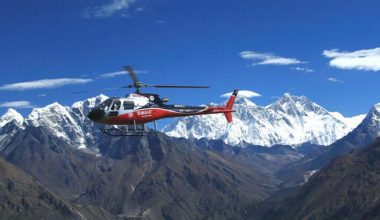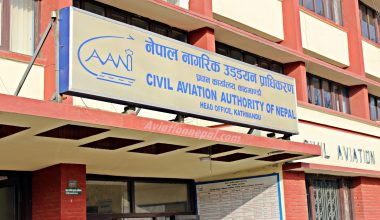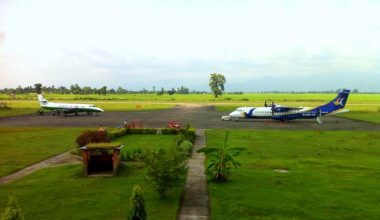First ever Nepal-made satellite and country’s first ever satellite; NepaliSat-1 has been launched today morning. The nano-satellite was launched into outer space from Virginia in USA.
Nepal Academy of Science and Technology (NAST) has called tender for Satellite Communication System to set up Ground Station in order to monitor and record data from the satellite.
The satellite will be launched into space by an American aerospace manufacturer and defense industry company, Orbital ATK along with Sri Lanka’s ‘Ravan-1’ and Japan’s Ubishu. The 3 satellite will measure 1000 cubic centimeter in volume and weigh around 4.5 kilogram while Nepali satellite alone weigh around 1.33 kg.
The satellite will be launched at 2:31 AM local time on 18th April 2019 by antares rocket and will be taken to International Space Station (ISS) as a cargo. The satellite is expected to be in the orbit for around 3 years.
The Nepali satellite will be used to take pictures of various places collecting and compiling information about mountain, forest glacier along with other.
The satellite with Nepali flag and NAST logo will be country’s first step taking into space stated Rabindra Prasad Dhakal, chief of the Faculty of Technology at NAST.
The satellite build and launch project was initiated under project Birds-3 by two Nepali engineers Abhash Maskey and Hareram Shrestha who have been pursuing space engineering in the Kyushu Institute of Technology (Kyutech) University in Japan. Mr. Maskey is doing Ph.D. in ‘Space technology engineering’ and Mr. Shrestha is doing Masters in Electrical Engineering at the University.
NAST has invested around 15 million for the project and has expected to help to generate public awareness and contribute to greater exposure of astronomy, science and technology in the respective countries.
The Joint Global Multi-Nation Birds Satellite project acronym as “Birds project.” is a cross-border interdisciplinary satellite project for non-space faring countries supported by Japan and the project initiated with the United Nations hopes to provide great leverage to students from developing nations for hands on satellite project.








